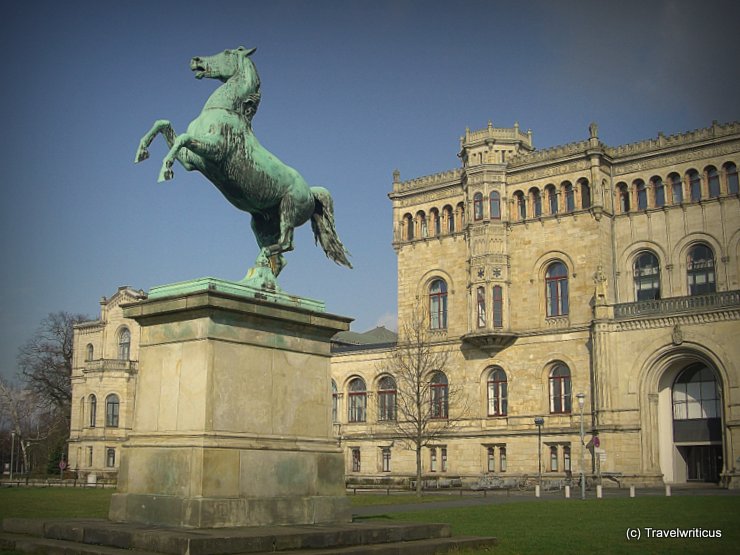
The Saxon Steed (Sachsenross) has travelled a lot. You find it in many coats of arms and illustrations from different regions. While walking through Hanover, I finally saw a sculpture of this historic symbol. [German]
You only see what you know (Goethe)

The Saxon Steed (Sachsenross) has travelled a lot. You find it in many coats of arms and illustrations from different regions. While walking through Hanover, I finally saw a sculpture of this historic symbol. [German]
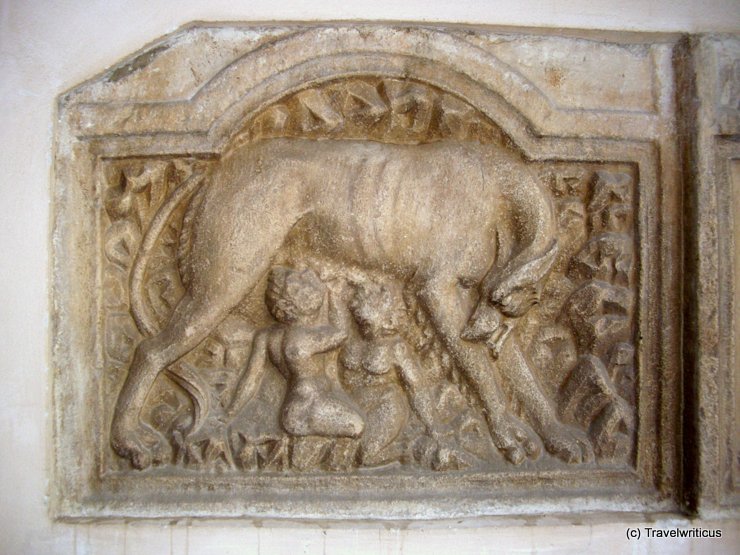
I only wanted to photograph the Roman stone with the “mail coach” in Maria Saal. But then I came across this intriguing relief stone in the entrance area of the Maria Saal Cathedral. It represented the Capitoline Wolf with Romulus and Remus.
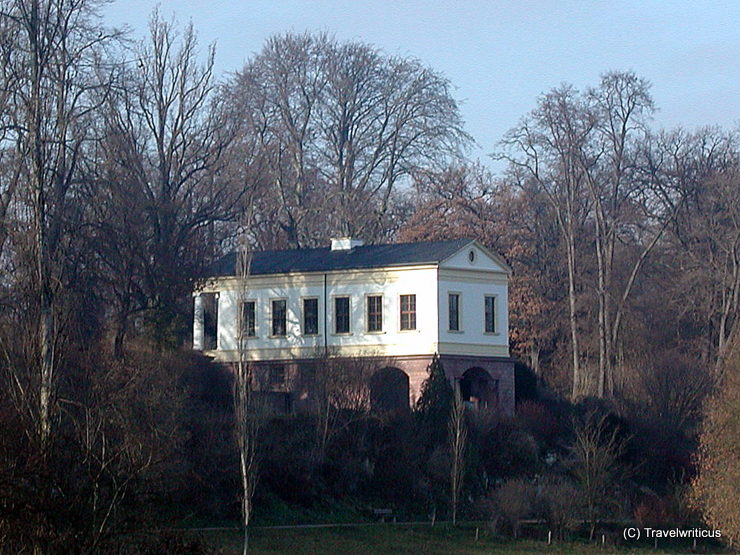
The Roman House in Weimar stands high above the Ilmpark and offers a beautiful view of the countryside from its windows. Grand Duke Karl August once enjoyed this view. Today, a museum inside tells about the history of the park. [German]
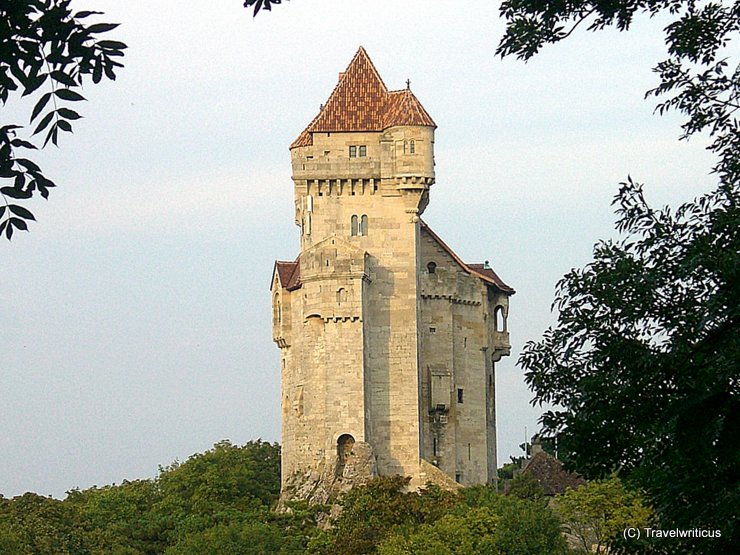
Liechtenstein Castle (Burg Liechtenstein) is the ancestral seat of the ruling house of the European state Liechtenstein. The castle was destroyed during the Ottoman wars and rebuilt in the 19th century. [German]
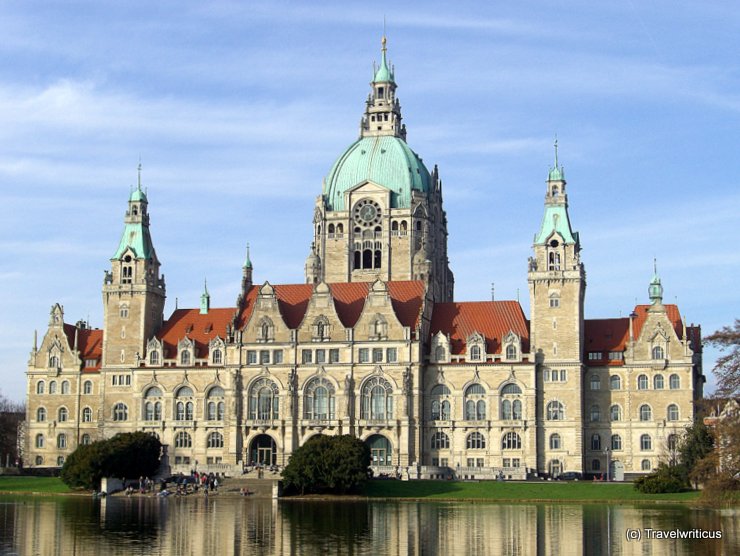
The New Town Hall in Hanover (Neues Rathaus Hannover) was opened in 1913. Since then, a pond in front of it mirrors the eclectic architecture. Inside, the building offers an intriguing curved dome lift. [German]
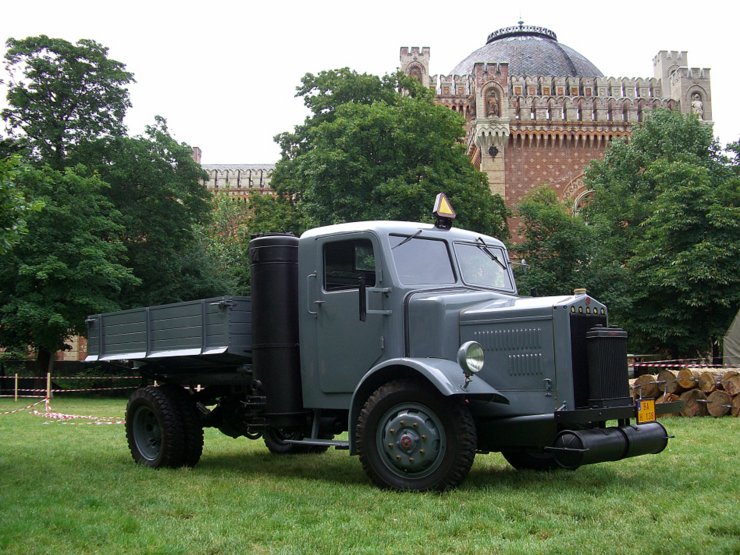
The idea of running an automobile with wood gas fascinated me even as a child. So I was particularly pleased to see this truck with a wood gasifier in Vienna. The lorry was part of a meeting of historic military vehicles. [German]
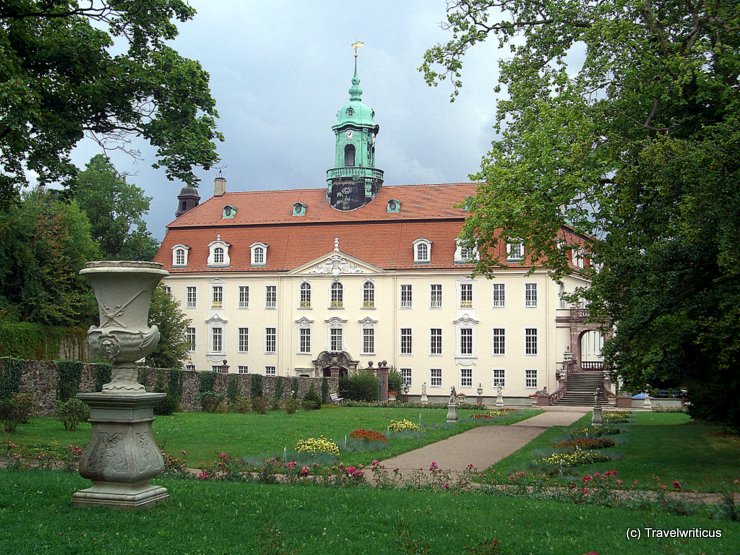
Lichtenwalde Castle in Saxony is best known for its park. The garden stretches high above the Zschopau Valley. Numerous water features and winding paths invite you to discover the grounds of this Baroque castle. [German]
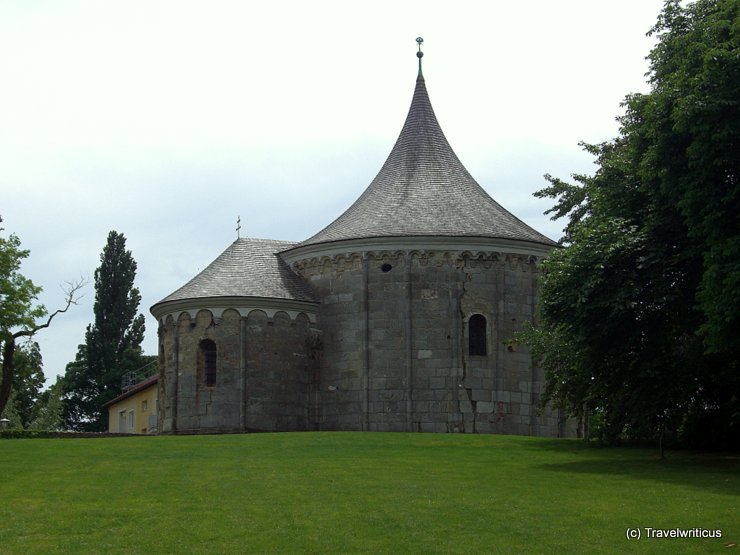
At least once a year, I visit the Carnuntum Archaeological Park in Lower Austria. On this occasion, I always love to make a detour to this Romanesque round chapel in Petronell-Carnuntum. [German]
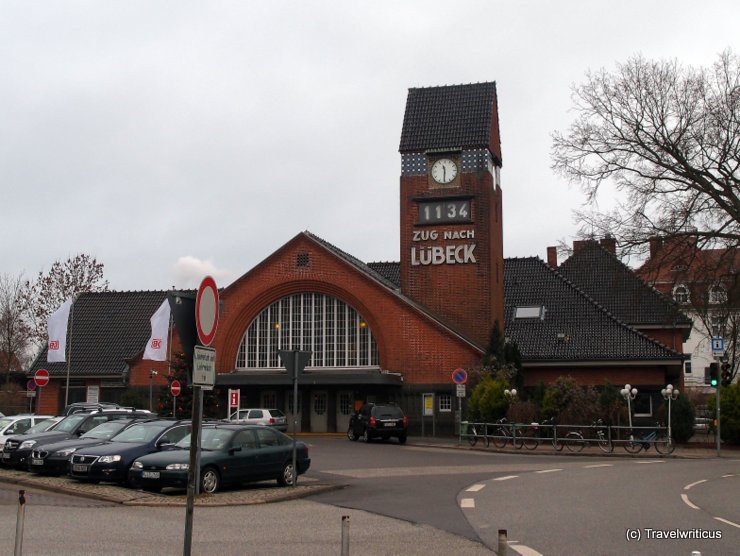
On the 8th day of my InterRail trip, I started from the Strandbahnhof Travemünde. This station is a railhead near the coast of the Baltic Sea. Interesting detail: The digital display doesn’t show the time of day.
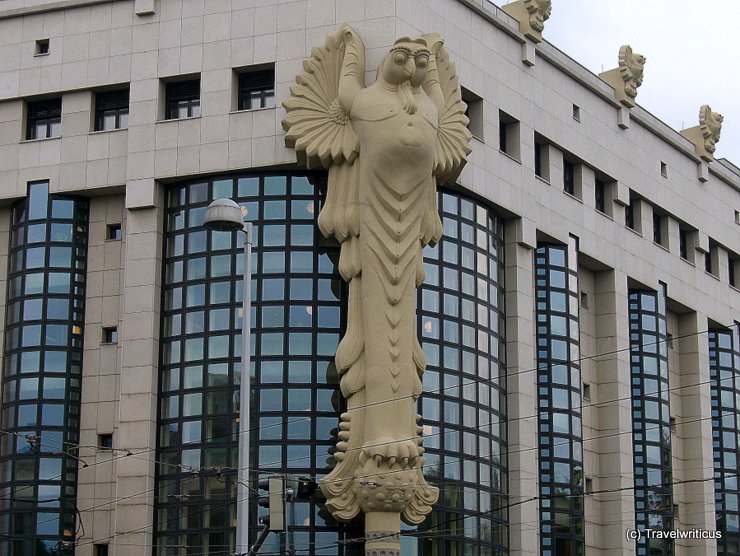
This owl is a decoration created by the Swiss artist and architect Bruno Weber. You find it at the Vienna University of Technology Library. The 18-metre-high sculpture and the 16 smaller owls along the attic make the building look like a place of wisdom. [German]
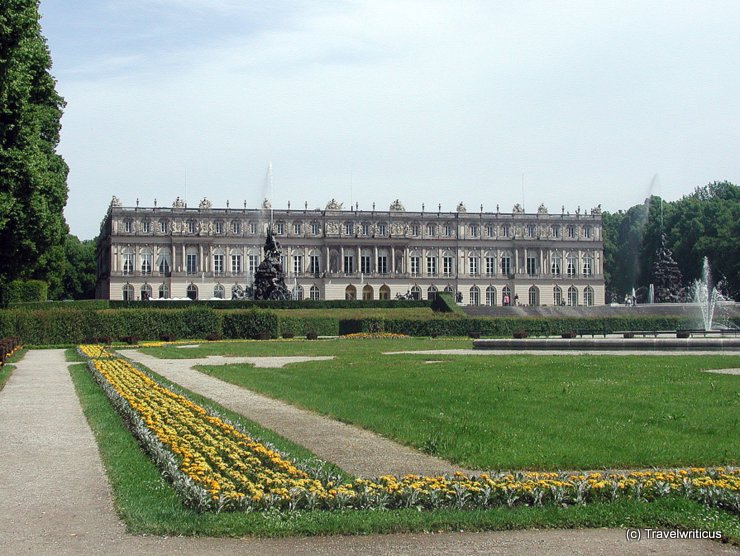
Herrenchiemsee Palace (Schloss Herrenchiemsee) is located on an island on the largest lake of Bavaria named Chiemsee. The palace is also known as the New Palace (Neues Schloss) or Herrenworth Palace (Schloss Herrenwörth).
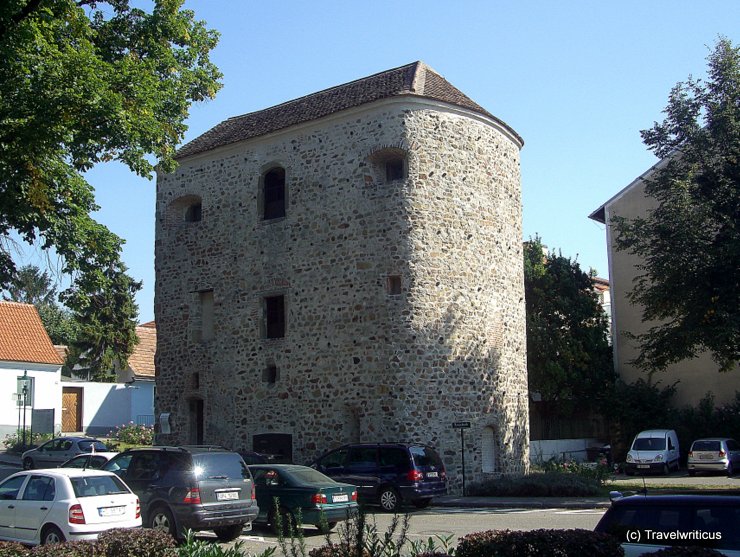
The Horseshoe Tower (Hufeisenturm) in Tulln remains from the ancient military camp Comagena. The Roman name originated from an equestrian unit descending from the region of Commagena.